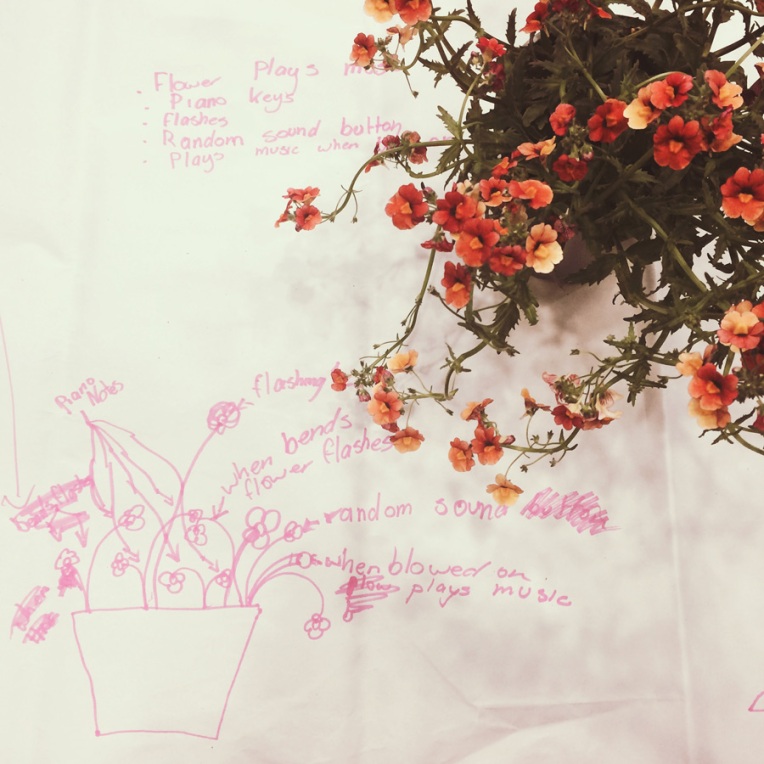Mónica: When developing a new media art project, you normally have to deal with unexpected problems with the hardware you’re using, installing it, finding the right one, upgrading to the latest version etc… Well funnily enough the only hardware I use is a computer, a PSEye and a projector (nothing special) but it seems to be more difficult to get velcro, fabrics and transfer paper than a spaceship! 😛
I have to admit that nothing has gone smoothly during the development of the project for many different reasons. It seemed the stars aligned to make every single step more difficult, especially when it came to the material. As an example, I’m going to tell you the story of the velcro…
Where’s the Velcro?
When I did the material list for the project I was pretty sure that everyting was easy to find, except from the fact that we are in Australia and I’ve just discovered that things are a bit more difficult to find here. So after a week of finding a way of printing the Fiducials on the covers, then finding an inkjet printer (mission quite impossible nowadays really!!), running out of ink, printing the transfers, the transfers stopped working, going to the shop again, complain and get them changed, print them again and ironing 72 different ones, I was ready to do the patches.
We thought it would be a good idea to stick them with velcro instead of sewing them directly to the covers. This way, if the cubes or the project want to be adapted for other purposes it’ll be much easier. Then we entered in the incredible world of verlcro: hook, hook & loop, stick in, iron in, sew in, 12mm, 20mm, 25mm, black, white, cut in circles – doesn’t matter which one you choose, all of them are way too expensive!!!
So after some days of thinking about the best and cheapest option, Lubi decided to order them online at this shop that looked quite effective… After a week they came home to deliver it, there was nobody there and they took it to the next town half on hour drive from Brisbane (!!!!!!!). We called them and asked them to re-deliver it the next day. They said yes but never came so we called them. For some reason they couldn’t re-deliver it so we asked them to bring it closer. They agreed. I went the next day to get it. After 30 min walk to the place and 45 minutes arguing with the poor lady there, I had to go home with nothing and nobody knew where the package was. After lots of phone calls, Lubi found it in Darra, 15 min driver from Brisbane, so Britt and I went to collect it. We had to register, get a badge, enter the place with the car with the four indicators on, get the package, check out the package and open the car boot (to see if we didn’t have any illegal immigrant with us I guess – don’t worry mate, all the foreigners are in the front!) 😛
And that is how I got my velcro finally. After that my laptop charger broke, the puppetry workshop material took ages to arrive, it’s been very difficult to get the right place to test because everything seems to be full booked and I only have two weeks to go. But it’s all good, without these little problems life wouldn’t be as exciting as it is, and for me the project is really worth it!!
Finally, the cubes are done!

The Interactive Puppetry Workshop
I think that this next picture just shows the whole feeling of yesterday’s puppetry workshop. Once again, amazing kids, amazing job!



























